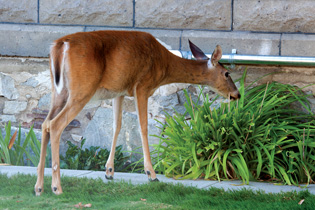 Moving to the city of Penticton after spending most of my life in close proximity to bears, wolves, coyotes, moose and deer, I expected more traffic, noise, and people. What I didn’t expect was more frequent encounters with wildlife. Our neighbourhood’s just half a block from one of Penticton’s busiest streets, yet we are treated to unsolicited episodes of pruning, applications of fresh manure, evening yap-and-howl jamborees, and graphic evidence that our pets are being culled.
Moving to the city of Penticton after spending most of my life in close proximity to bears, wolves, coyotes, moose and deer, I expected more traffic, noise, and people. What I didn’t expect was more frequent encounters with wildlife. Our neighbourhood’s just half a block from one of Penticton’s busiest streets, yet we are treated to unsolicited episodes of pruning, applications of fresh manure, evening yap-and-howl jamborees, and graphic evidence that our pets are being culled.
Coyotes are seldom welcome anywhere, but there was a time when a chance encounter with a deer would have us holding our breath in wonder, fearing the slightest movement would make the timid creature bolt for safety. Not any more. Yell, clap, wave your arms and jump up and down. Today’s urban ungulate is thoroughly unimpressed.
Daryl Myers has lived in the Sendero Canyon area of Penticton’s east bench for more than 20 years, on the edge of undeveloped land. Until recently, deer would rarely wander onto her street. “If you saw them, they would run away,” she says, but that’s changed. “Since 2011, they’ve made this their home.”
Indifferent to her presence, they climb her front steps to munch her shrubbery. Just three days after she erected a new fence, she found four of them bedded down in her back yard. When Daryl’s dog needs to use the yard after dark, she starts stress-barking as soon as she gets outside—probably just to get a sense of where exactly the deer are tonight. Daryl says they might twitch an ear or move their heads. “They certainly don’t get up.”
Some say this incursion is to be expected. After all, they were here first; it’s their territory. If so, where were they just a decade ago—and why are they taking it back now?
Even prior to development, the west side of the city wasn’t particularly good deer habitat. “The valley bottom, historically, was pretty swampy,” says Brian Harris, a biologist with the Ministry of Forests, Lands and Natural Resource Operations. “But a good portion of the east part of the city—all the benches up on the east side and the orchards and the subdivisions—same with the West Bench—is all right on mule deer winter range.”
The original orchards were relatively compatible with deer, but as compact high-density fruit trees became the norm, orchardists began fencing deer out. Today, those orchards are giving way to well-fenced vineyards; these spread further out and up our hillsides, as does the city itself. In 2011, the Sendero area was cleared of trees in preparation for urban development; now another substantial development is planned for the Spiller/Reservoir Road area.
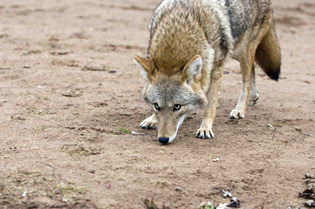 Displaced from the benchlands, what’s a deer to do? It’s colder uphill, where forest fire suppression has degraded their habitat. That’s where cougars live and smaller predators hunt in packs. But just downhill, there’s plenty to eat. Most backyard fences are easily jumped; then they provide ample protection against the elements and hungry coyotes, while dogs aren’t allowed to pack or attack.
Displaced from the benchlands, what’s a deer to do? It’s colder uphill, where forest fire suppression has degraded their habitat. That’s where cougars live and smaller predators hunt in packs. But just downhill, there’s plenty to eat. Most backyard fences are easily jumped; then they provide ample protection against the elements and hungry coyotes, while dogs aren’t allowed to pack or attack.
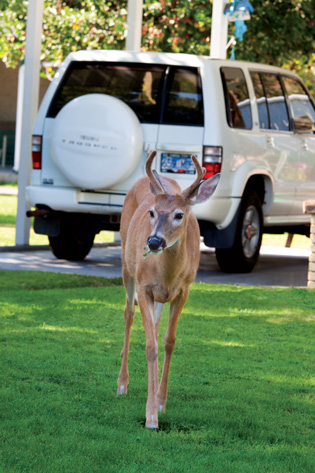 From the deer’s perspective, it’s a no brainer. “There’s a good number of them that come in and winter in the city and then leave and go to the high country,” says Brian. But some, having tasted the good life, choose to take up permanent residence. He suspects that these are the deer that are causing people the most grief. “They don’t have the urge to migrate up the hill like they used to,” he says. “Now we’ve got generations—two, three, four generations—that have grown up in the city, and they don’t know any other life than ‘you stick around in the city, you eat rosebushes and dodge cars and dogs’; that’s what life is. They have no idea what it’s like to go up in the bush and avoid cougars and eat wild plants.”
From the deer’s perspective, it’s a no brainer. “There’s a good number of them that come in and winter in the city and then leave and go to the high country,” says Brian. But some, having tasted the good life, choose to take up permanent residence. He suspects that these are the deer that are causing people the most grief. “They don’t have the urge to migrate up the hill like they used to,” he says. “Now we’ve got generations—two, three, four generations—that have grown up in the city, and they don’t know any other life than ‘you stick around in the city, you eat rosebushes and dodge cars and dogs’; that’s what life is. They have no idea what it’s like to go up in the bush and avoid cougars and eat wild plants.”
Even summer forage in the city is superior to anything deer can get in the bush; it may not be any more nutritious, but it’s far more palatable. Brian says they’re like kids choosing french fries over spinach. Planting “deer resistant” vegetation is of little help, because there’s not much they won’t eat, especially if it’s green and healthy.
“We’ve created just an ideal situation for deer in the downtown,” says Brian. “The food that they’re eating has been pampered, fertilized, watered; there’s no predators other than cars and a few dogs; and no hunting allowed. It’s actually a pretty good environment for them.”
But why aren’t they afraid of us, as they once were? If fear is a learned behaviour, it’s one these deer seem to have un-learned. Each generation born in town is less timid, more ready to stand its ground. Those of us raised near wildlife, taught to steer clear of them and hope that they’d steer clear of us, find this behaviour a little disconcerting. How far will these deer go to defend this territory they’ve taken back?
Daryl knows first-hand what can happen when a deer stands its ground. Walking in the bush a few years ago, she noticed a doe with a fawn. Daryl and her dog waited while the doe shooed her fawn up the bank and was following it into the bush before resuming her walk. But the doe wheeled back down the hill and charged the dog. Fortunately the terrain kept the dog rolling away from the doe’s hooves, helping to prevent serious injury.
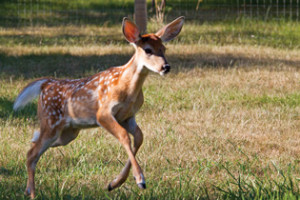 As Daryl points out, that type of encounter is to be expected when the deer are simply protecting their young, and that time she was in the deer’s space. But more recent encounters have been too close to home. “They’ve charged us in my front yard, and on the street,” she says. (Contrast this with the behaviour of the bear she found in her carport: it saw her and ran.) Steering clear of them isn’t easy when they’re between you and your ride to work, or on the path your kids take to school. Detouring or delaying once in a while is one thing, but these close encounters are happening more often as deer become more brazen, and more numerous.
As Daryl points out, that type of encounter is to be expected when the deer are simply protecting their young, and that time she was in the deer’s space. But more recent encounters have been too close to home. “They’ve charged us in my front yard, and on the street,” she says. (Contrast this with the behaviour of the bear she found in her carport: it saw her and ran.) Steering clear of them isn’t easy when they’re between you and your ride to work, or on the path your kids take to school. Detouring or delaying once in a while is one thing, but these close encounters are happening more often as deer become more brazen, and more numerous.
How many deer are too many? Brian says these urban deer are not doing any biological harm to themselves, and at the current densities there’s little likelihood of a disease or parasite becoming epidemic. So with no biological reason to do something to reduce their numbers, it’s a social decision: there are too many deer when enough people decide that enough is enough.
In Penticton that point was reached in 2011. City council responded to public pressure by agreeing to a cull, following the lead of Kootenay communities that had begun grappling with the same issue; Cranbrook’s program supplied food banks with over 500 kg of meat. But when a group opposed to the cull mounted a court case against the city of Invermere, these programs were put on hold. When courts ruled in Invermere’s favour, the theft and vandalism of the capture nets delayed Cranbrook’s cull once again.
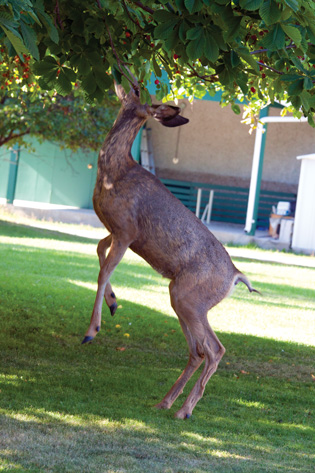 Hoping to avoid a lengthy and divisive consultation process and the subsequent conflict experienced in the Kootenays, Penticton’s city council decided on a $15,000 pilot program of capturing, tagging and relocating deer to land owned by the Penticton Indian Band, at an estimated cost of $1,000 per animal. In a similar program undertaken in 2010 in Republic, WA, contractors moved more than 50 deer to the Hellgate Game Reserve. By the fall of 2013, the Spokesman Review reported that landowners within a half-mile of Republic were being asked to grant access to hunters specially permitted to reduce the deer population. The Review suggested this cooperation may not be easy to obtain; the relocation contractors had called it quits because they were being threatened.
Hoping to avoid a lengthy and divisive consultation process and the subsequent conflict experienced in the Kootenays, Penticton’s city council decided on a $15,000 pilot program of capturing, tagging and relocating deer to land owned by the Penticton Indian Band, at an estimated cost of $1,000 per animal. In a similar program undertaken in 2010 in Republic, WA, contractors moved more than 50 deer to the Hellgate Game Reserve. By the fall of 2013, the Spokesman Review reported that landowners within a half-mile of Republic were being asked to grant access to hunters specially permitted to reduce the deer population. The Review suggested this cooperation may not be easy to obtain; the relocation contractors had called it quits because they were being threatened.
Penticton’s relocation plan met with swift opposition. Some felt it was expensive and impractical because the deer could just wander back; others saw it as a highly stressful way of moving these animals from where they were protected to where they could be hunted. Given the public outcry, council was likely relieved when restrictions outlined in a letter from the resource ministry effectively kyboshed the plan.
Daryl has mixed feelings: relocation would be traumatic for the deer and may not have worked. She understands that until people have experienced what she has been dealing with, they will continue to think these deer are no cause for concern. A “deer aware” education program could help minimize the risks.
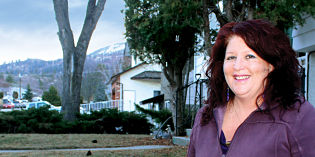 Proponents of “peaceful cohabitation” also suggest contraceptives could prevent the resident deer from multiplying. But with ongoing development on the benches, it seems likely that more and more deer will find it desirable to winter in town—leading some to speculate that their predators can’t be far behind. Recent events in the Coldstream area illustrate our lower tolerance for cougars in our communities; coyotes aren’t popular either. While it’s highly unlikely our streets will ever teem with hungry carnivores, an ounce of prevention is generally preferable to a pound of cure; why invite even one wild animal to its doom?
Proponents of “peaceful cohabitation” also suggest contraceptives could prevent the resident deer from multiplying. But with ongoing development on the benches, it seems likely that more and more deer will find it desirable to winter in town—leading some to speculate that their predators can’t be far behind. Recent events in the Coldstream area illustrate our lower tolerance for cougars in our communities; coyotes aren’t popular either. While it’s highly unlikely our streets will ever teem with hungry carnivores, an ounce of prevention is generally preferable to a pound of cure; why invite even one wild animal to its doom?
So the questions remain: Does something need to be done about the deer on our doorsteps? If so, what?
Meanwhile, some of those protesting the deer relocation program pointed to what they see as a more pressing issue: rats. They’re all over town, on schoolyards, in sheds, and in homes. A few residents with plastic waterlines have had to replace a substantial amount of plumbing, thanks to rodents seeking water in their crawlspaces and walls. (A public education program may be in order here, too; I recently saw a couple of teenage girls dangling a dead one by its tail as they posed with it for a selfie.) Fortunately, council’s likely to face a lot less controversy if they decide to tackle this one.
Rescued—or kidnapped?
Each year, wildlife rehabilitation centres deal with kidnapped fawns, healthy babies that were by themselves and mistakenly thought to be orphaned or abandoned. From the BC SPCA website:
- It is normal for a mother deer to leave her baby alone for periods of time. Remember that the mother deer will be wary of you, so your presence in the area could discourage her from returning. Leave the area.
- Keep pets away from the area.
- If you think the fawn is not being cared for by its mother, return the next day to check on it. If it is in the exact same spot and bleating (crying out), it may be orphaned.
If a fawn is badly injured or truly orphaned (the mother is dead), do not attempt to care for it yourself—it is illegal and can cause more harm than good. Call the BC SPCA’s Provincial Cruelty and Wildlife hotline 1.855.6BC.SPCA
(1.855.622.7722) or the Conservation Officer Service at 1.877.952.7277.
Closing the kitchen
A deer-resistant landscape may only work until they’ve polished of the tastier treats in your neighbours’ yards. But if you’d like to give it a try, search online or visit your local nursery for lists of their least favourite foods.
For tips on how to prevent damage to your landscaping see the Gardener’s Guide under Wildlife/Human Interaction on the Conservation Officer Service website at www.env.gov.bc.ca/cos.

Wine reviews: Valley expressions of bold red wines
As seen in [downloads ids="156027" columns="1"] Summerland Pyramid Winery 2014 OM Organic MeritageKelowna, Okanagan Valley1/2 $65 This Bordeaux blend is very new-world in style. Full-bodied and robust, it is a wonderful presentation of ripe dark fruits...
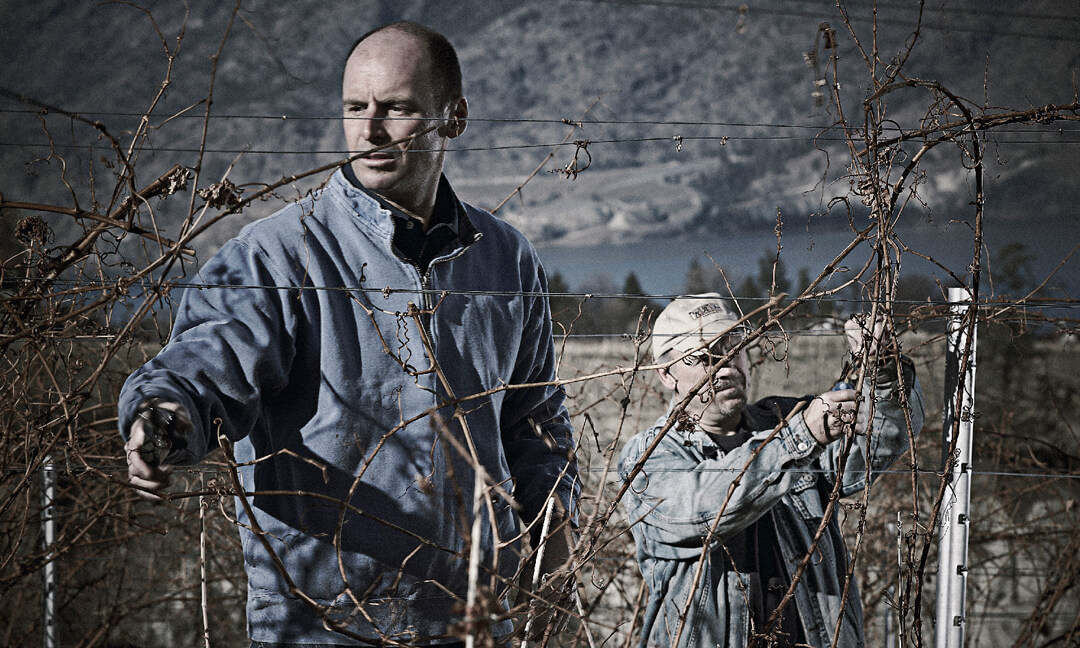
Beautiful blends
Even a blend of one or two percent can make a significant difference in wine, says sommelier Mike Lee.

Kitchen Confidential with Todd Laidlaw of True Grain Bakery
Baking up a storm with heritage wheat

Retail Real Estate Revolution
Okanagan developers are reviving urban centres with a mix of workplaces, greenspaces and lofty living.
Whites: Best of BC Wine Awards 2018
Let’s celebrate the wines from our fourth annual Okanagan Life Best of BC Wine Awards, this year held at the Delta Hotels Grand Okanagan. Our judging panel was a select group of independent, experienced wine judges from the trade, restaurant and education...
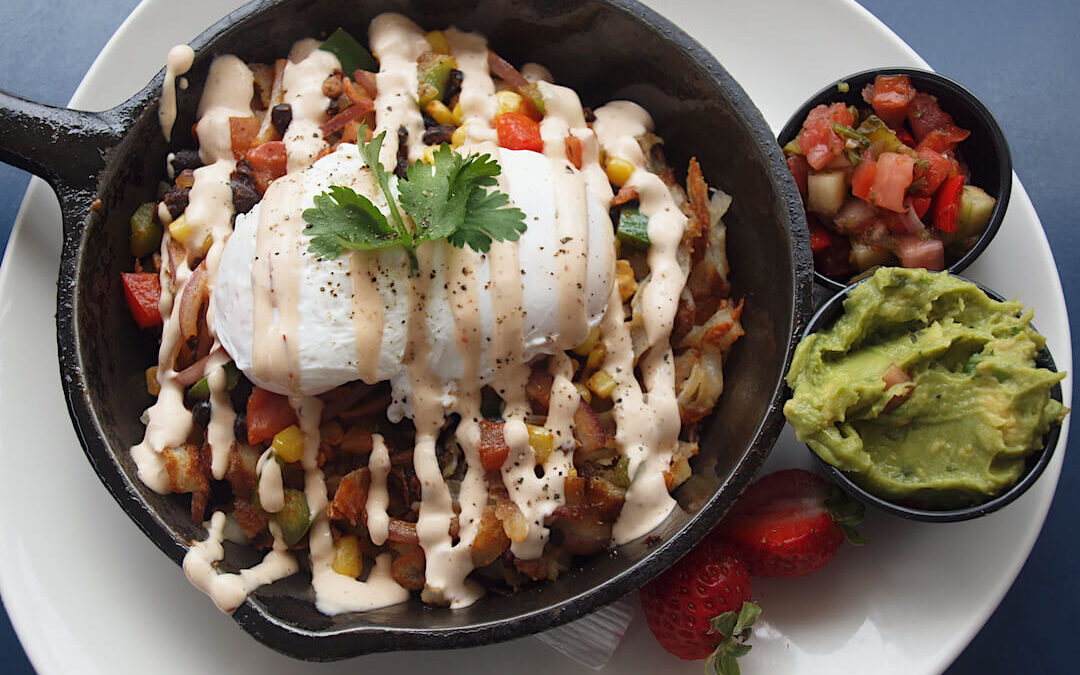
In the kitchen with Kristina Klein at EATology
At the bus stop Young Vernon chef serves up the science of eating fresh food It started out as a side thing, but then it just took off, says Kristina Klein, founder of EATology, an unusual bus depot diner in Vernon. It’s modern, but funky, with wooden floors instead...

Wine reviews: Sperling Sparkling Brut
Sperling Vineyards 2011 Sparkling Brut Kelowna, Okanagan Valley 1/2 $40.00 Reminiscent of a fine quality Champagne, this single vineyard Pinot Blanc sparkling wine is grown organically and biodynamically, allowing it to truly represent its own unique...
Garagiste winemakers
A garage can make for a passionate first crush At 650 metres above sea level, Forgotten Hill Wine Co. is the highest-elevation vineyard in the South Okanagan — a nod to a tract of land way up the hill on a forested, gravel road past...
Penny wise: Confessions of a thrift store shopper
Back in the swinging sixties, I was six and still enjoying playground swings. It was not until I was out of my brown school uniform and had started working that I realized what I’d been missing out on, fashion-wise. My hard-earned money...
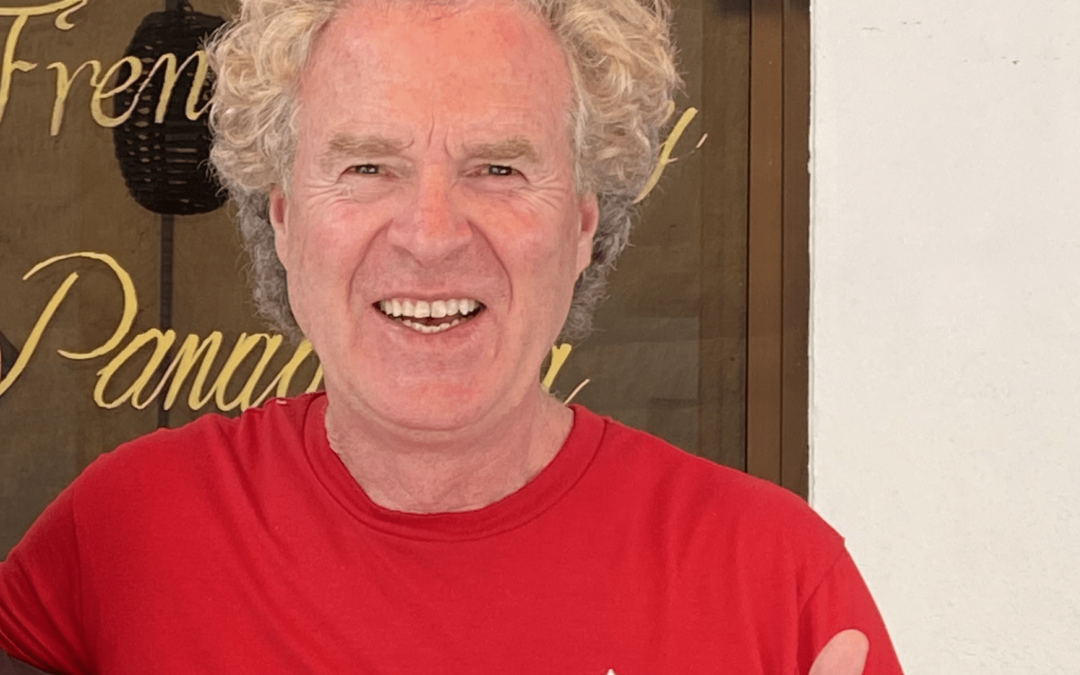
Welcome back to Okanagan Life Magazine
For over 40 years I absolutely loved being a journalist, magazine owner, editor and publisher of Okanagan Life, Lethbridge Magazine, Thompson Life and Medicine Hat Life. I started by publishing the Alberta Dusters Semi-Pro Basketball Program in 1980 in...

Canada Is Older Than the USA
A History Lesson to Expose the Depth of "the Totally Unacceptable Insults and Unprecedented Threats" Made by President Donald Trump to "Our Very Sovereignty." Anthony James Hall “…. the totally unacceptable insults and the unprecedented threats to our very sovereignty...
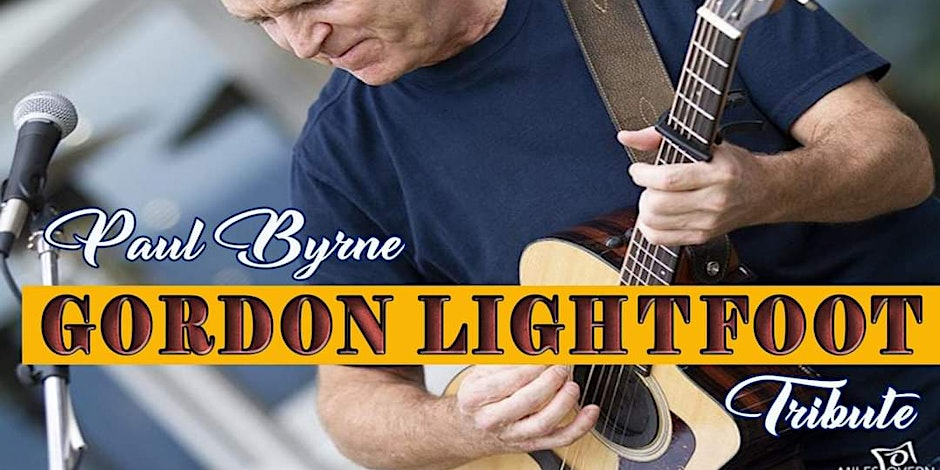
Read My Mind – The Gordon Lightfoot Tribute Show
Read My Mind - The Gordon Lightfoot Tribute Show at SILVERSTAR BREWING CO Downtown Vernon Saturday October 26th. Join us for an unforgettable evening as we celebrate the timeless music of Gordon Lightfoot with the Paul Byrne-led tribute band. Experience the nostalgia...
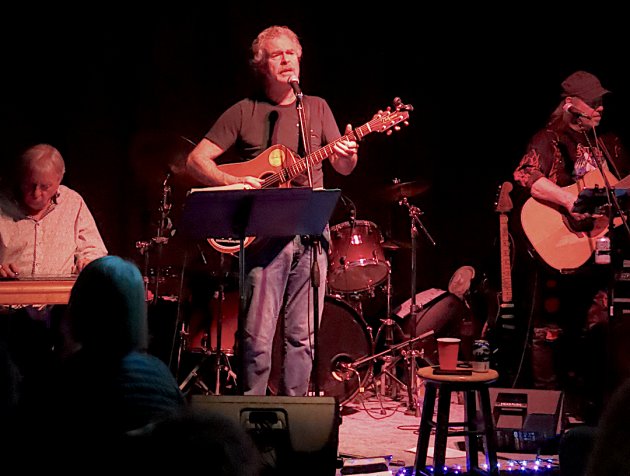
Gordon Lightfoot Tribute by John Paul Byrne
Enjoy live music and wine in our Jacko's Underground Lounge. Doors open at 5pm! Pizza always available and Charcuterie for pre-purchase. John Paul Byrne's Gordon Lightfoot Tribute Concerts are selling out in the Okanagan as most all performances have people raving...
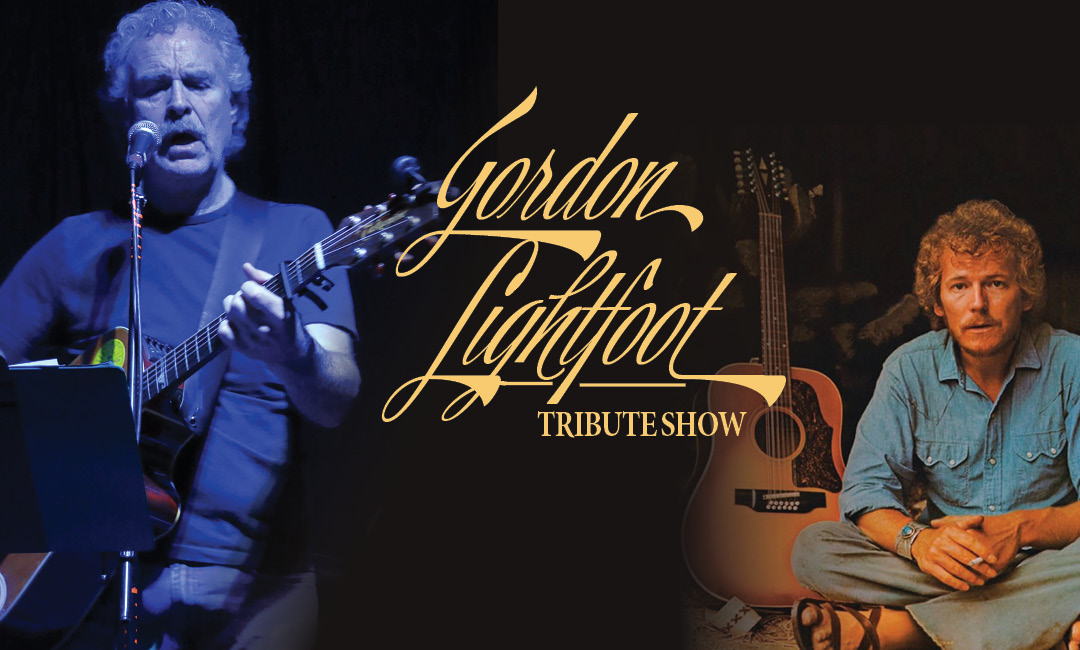
Local singer-songwriter brings Gordon Lightfoot’s timeless music to life at Creekside Theatre
John Paul Byrne delivers a rich and authentic experience that honours the legendary Canadian icon KELOWNA, BC – Fans of folk music are invited to a special evening at Creekside Theatre in Lake Country on October 9, 2024, as local singer-songwriter John Paul...

READ MY MIND – the Gordon Lightfoot Tribute Show – October 9, Creekside Theatre
https://www.ticketseller.ca/tickets/event/read-my-mind-the-gordon-lightfoot-tribute-show READ MY MIND - the Gordon Lightfoot Tribute Show has taken off in the past 6 months, with over 55 performances. A solo, duo, trio to start,...



0 Comments